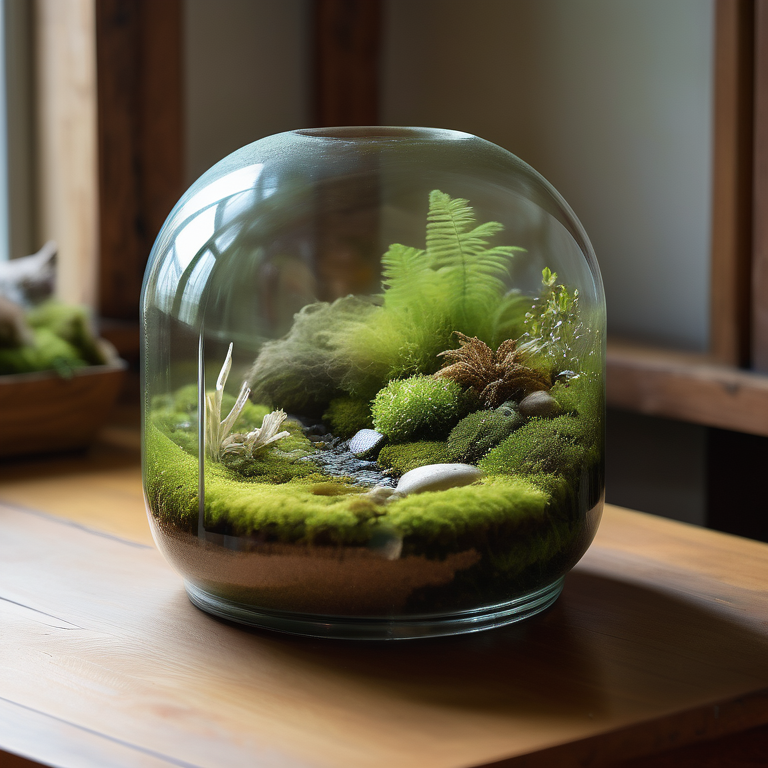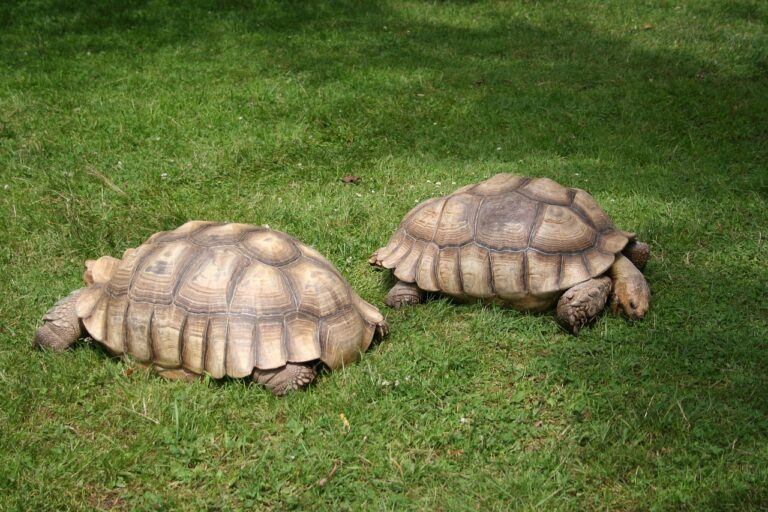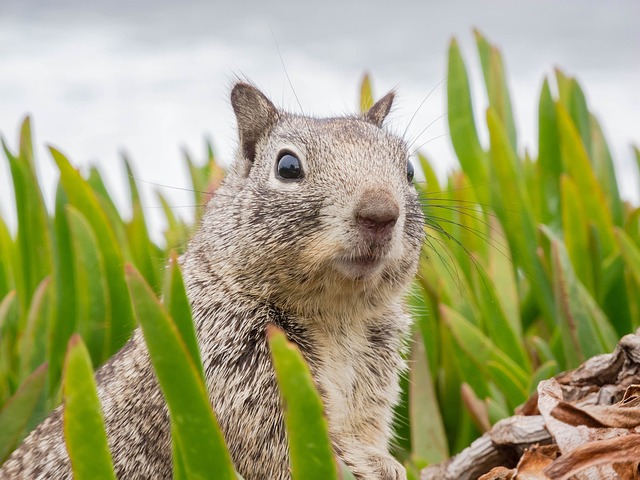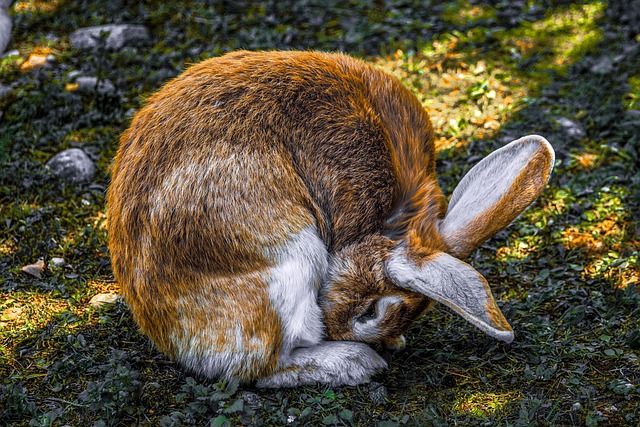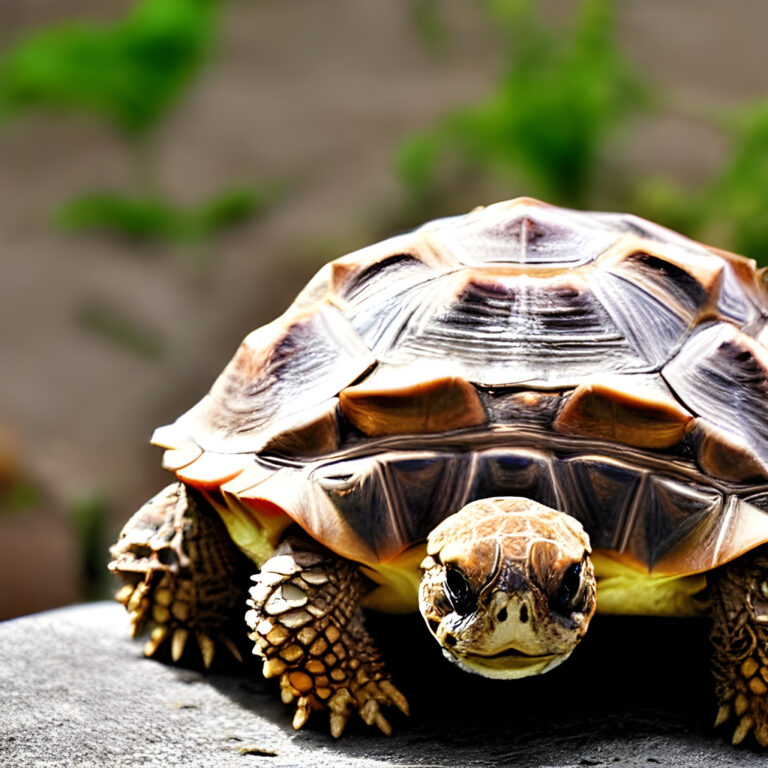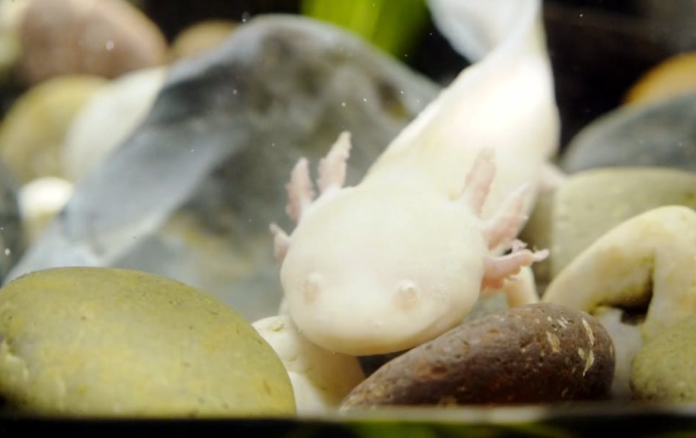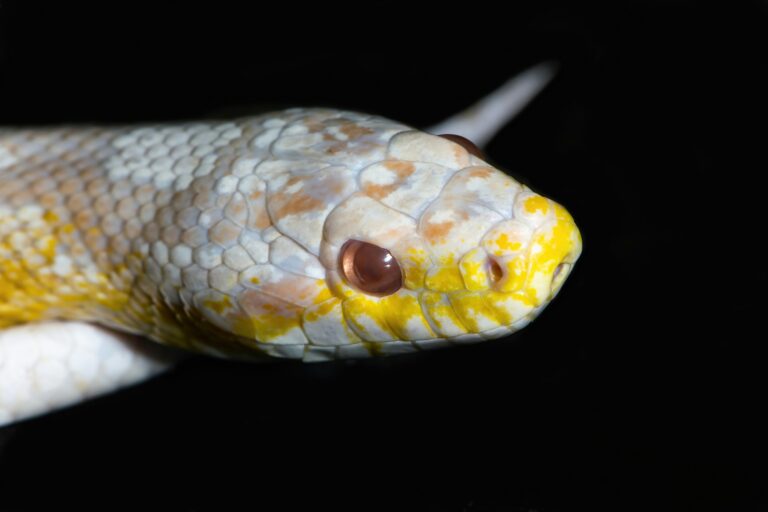Best Moss for Terrariums: A Complete List
Introduction
Terrariums are a popular way to bring a piece of nature indoors. These miniature ecosystems allow you to create your own little world, complete with plants, rocks, and even small creatures. One essential element of a terrarium is moss. Moss not only adds a vibrant green color to the terrarium but also serves a practical purpose. It helps maintain humidity levels, absorbs toxins from the environment, and provides a natural substrate for other plants to grow. In this blog, we will explore the best types of moss for terrariums and provide essential care tips to ensure your moss thrives.
Comprehensive Guide to the Best Moss Types for Terrariums
When it comes to choosing the best moss for your terrarium, there are several options to consider. Sphagnum moss, also known as peat moss, is a popular choice for its ability to retain moisture and create a humid environment. Cushion moss, with its soft and dense growth habit, provides a lush carpet-like appearance. Java moss is a versatile moss that can grow on various substrates and adds a unique texture to the terrarium. Finally, peat moss, known for its high absorbency, is an excellent choice for terrariums with high humidity requirements.
1. Sheet Moss (Hypnum cupresiforme)
Sheet moss, also known as Hypnum cupresiforme, is a popular choice for terrariums due to its ability to thrive in high humidity conditions. It has a vibrant green color and forms a dense carpet-like growth, providing a lush and natural look to the terrarium. Sheet moss is an excellent choice for terrarium plants as it helps retain moisture and creates a humid environment, which is essential for the health and growth of many terrarium plants. Its soft and velvety texture adds a touch of luxury to the terrarium and makes it a favorite among terrarium enthusiasts.
2. Fern Moss (Thuidium delicatulum)
Fern moss, scientifically known as Thuidium delicatulum, is a popular choice for terrariums due to its fern-like appearance and delicate fronds. It is commonly found growing on rocks, logs, and leaf litter in forests. Fern moss adds a natural and earthy element to the terrarium, mimicking the forest floor. It thrives in humid conditions and can be used as ground cover or to create a mossy landscape. Its feathery texture and vibrant green color make it a beautiful addition to any terrarium.
3. Peat Moss (Sphagnum spp.)
Peat moss, also known as sphagnum moss, is a popular choice for terrariums due to its high absorbency and ability to create a humid environment. It is commonly found in peat bogs and swamps and is known for its ability to retain moisture. This makes it an excellent choice for terrariums with high humidity requirements. Peat moss creates a soft and spongy substrate that provides a comfortable base for plants and helps maintain moisture levels. It also has natural antimicrobial properties, which can help prevent the growth of unwanted pests in the terrarium.
4. Mood Moss (Dicranum scoparium)
Mood moss, also known as Dicranum scoparium, is a unique and versatile moss commonly used in terrariums. It gets its name from its ability to change color depending on the moisture levels in the environment, giving it a moody appearance. Mood moss forms dense clumps with soft and lush foliage, resembling fluffy pillows. It is an excellent choice for creating a natural and forest-like setting in the terrarium. Mood moss thrives in humid conditions and can tolerate a wide range of light levels, making it suitable for various terrarium setups.
5. Star Moss (Tortula ruralis)
Star moss, scientifically known as Tortula ruralis, is a unique type of moss that resembles tiny star-shaped cushions. It is commonly found growing on rocks and soil in dry and sunny environments. Star moss is a hardy moss that can tolerate direct sunlight, which makes it an excellent choice for terrariums placed in bright locations. Its vibrant green color and unique texture make it an eye-catching addition to any terrarium. Star moss can be used as ground cover or to create small mounds and hills, adding depth and dimension to the terrarium.
6. Club Moss (Selaginella kraussiana)
Club moss, also known as Selaginella kraussiana, is a unique and visually striking moss commonly used in terrariums. It is not a true moss but belongs to the same family. Club moss forms dense clumps of small plants with delicate foliage and a vibrant green color. It thrives in humid conditions and can tolerate a wide range of light levels, making it suitable for various terrarium setups. Club moss can be used to create a lush and tropical atmosphere in the terrarium, adding a touch of elegance and beauty.
7. Haircap Moss (Polytrichum commune)
Haircap moss, scientifically known as Polytrichum commune, is a versatile and popular moss that is commonly used in terrariums. It gets its name from its hair-like appendages that cover its capsule, giving it a unique texture and appearance. Haircap moss forms dense clumps with long, slender stems and vibrant green foliage. It is an excellent choice for terrarium plants as it helps retain moisture and creates a humid environment, which is essential for the health and growth of many terrarium plants. Its soft and lush texture adds a touch of elegance to the terrarium and makes it a favorite among terrarium enthusiasts.
8. Carpet Moss (Leucobryum glaucum)
Carpet moss, scientifically known as Leucobryum glaucum, is a low-growing moss that forms a dense carpet-like mat in terrariums. It is commonly found in forests and wetlands and is known for its ability to tolerate a wide range of light levels and humidity conditions. Carpet moss has a unique texture and vibrant green color, making it an excellent choice for creating a natural and lush environment in the terrarium. It can be used as ground cover or to create small hills and mounds, adding depth and dimension to the terrarium.
Essential Care Tips for Terrarium Moss
Proper care is essential to ensure that terrarium moss thrives and remains healthy. One of the most important factors to consider is moisture. Moss requires consistent moisture levels to survive, so it’s important to mist it regularly with clean, filtered water. Additionally, maintaining humidity levels is crucial for the health of the moss. A humid environment helps prevent the moss from drying out and becoming brittle. Lastly, it’s important to regularly inspect the moss for any signs of unwanted pests and take appropriate action to prevent infestations.
Understanding Moisture Requirements
Moisture is vital for the health and growth of terrarium moss. It is important to keep the moss moist but not waterlogged. Overwatering can lead to root rot and other issues. Regular misting with clean, filtered water is usually sufficient to provide the necessary moisture. The humidity level in the terrarium also plays a crucial role in maintaining the health of the moss. A humid environment helps prevent the moss from drying out and becoming brittle. Additionally, using a suitable substrate that retains moisture, such as peat moss or sphagnum moss, can help provide a consistent source of moisture for the moss.
The Importance of Proper Lighting
Proper lighting is essential for the health and growth of terrarium moss. While some types of moss can tolerate direct sunlight, most mosses prefer indirect or filtered light. Direct sunlight can cause the moss to dry out and become scorched. It is important to place the terrarium in a location where it receives bright but indirect light. This will help the moss maintain its vibrant green color and healthy growth. If the terrarium is placed in a low-light area, supplemental lighting, such as LED grow lights, can be used to provide the necessary light energy for the moss.
How to Prune and Maintain Your Moss
Regular pruning and maintenance are important for keeping terrarium moss healthy and vibrant. Moss can sometimes grow too densely or become overgrown, which can hinder its growth and spread. Pruning can help maintain the desired shape and size of the moss. Simply trim any excess growth or any parts that are wilting or turning brown. Mosses may have different pruning requirements, so it’s important to research the specific moss species in your terrarium and follow the appropriate pruning techniques. Additionally, regular maintenance tasks such as removing any debris or dead leaves from the moss can help prevent the growth of unwanted pests and keep the terrarium clean and healthy.
Creative Ideas for Using Moss in Terrariums
Terrarium moss can be used creatively to design miniature landscapes within your terrarium. By arranging different types of moss and other materials, you can create a stunning and realistic scene. For example, you can use moss to mimic a lush forest floor or create a moss-covered rock formation. Another creative idea is to make a moss slurry by blending moss with buttermilk or yogurt, and then spreading it on the substrate to promote moss growth. This technique allows you to customize the coverage and design of your terrarium. The possibilities are endless when it comes to using moss creatively in terrariums.
Designing a Miniature Landscape
Designing a miniature landscape in your terrarium is a fun and creative way to showcase the beauty of terrarium moss. Start by selecting a container that suits the size and style of your terrarium. Next, consider the theme or scene you want to create. You can use different types of moss to represent different vegetation, such as trees, bushes, or ground cover. Add in other elements like small rocks, branches, or miniature figurines to enhance the overall design. By carefully arranging these elements, you can create a visually appealing miniature landscape that will be a focal point in your terrarium. Don’t forget to consider the scale and proportion of the elements to ensure a realistic and cohesive design. With a little creativity and imagination, you can transform your terrarium into a captivating miniature world.
Combining Moss with Other Plants
Combining moss with other plants in your terrarium can create a beautiful and diverse ecosystem. Choose small plants that thrive in the same conditions as moss, such as ferns, air plants, or succulents. These plants can coexist with moss and add different textures and colors to your terrarium. When selecting moss species, consider the growth habit and compatibility with other plants. Some moss species, like java moss or pillow moss, can grow alongside other plants without overpowering them. Create layers within your terrarium by planting taller plants at the back and placing moss in the foreground. This arrangement creates depth and dimension in your terrarium. With the right combination of plants, you can achieve a balanced and harmonious terrarium that showcases the beauty of moss and other plant species.
Themes and Inspirations for Moss Terrariums
Creating a themed moss terrarium can be a delightful and unique way to showcase your creativity. Here are some themes and inspirations for moss terrariums:
- Fairy Garden: Create a whimsical fairy garden with moss as the lush green landscape, miniature fairy houses, and tiny figurines.
- Zen Garden: Design a tranquil Zen garden with carefully arranged rocks, sand, and moss for a peaceful and meditative atmosphere.
- Forest Floor: Recreate a forest floor scene with different types of moss, fallen leaves, and small mushrooms for a natural and organic look.
- Desert Oasis: Use moss as the base for a desert-themed terrarium, adding succulents, sand, and small cacti for an arid and unique landscape.
- Beachscape: Create a beach-inspired terrarium with sand, seashells, driftwood, and moss to capture the essence of a coastal getaway.
- Terrariums as Art: Use moss and other materials to create art installations within your terrarium, showcasing your personal artistic expression.
- With these themes and inspirations, you can create a moss terrarium that reflects your style and interests, making it a truly personalized and captivating piece of living art.
Troubleshooting Common Moss Issues
While moss terrariums are relatively low-maintenance, they can still encounter some common issues. Here are some troubleshooting tips for dealing with common moss problems:
- Mold and Mildew: If you notice mold or mildew forming on your moss, it may be a sign of excessive moisture or poor air circulation. Reduce watering and increase airflow by removing the terrarium lid occasionally.
- Drying Out: Moss requires consistent moisture to thrive. If your moss is drying out, mist it with water or place a small dish of water in the terrarium to increase humidity.
- Overgrowth and Clumping: Moss can sometimes grow excessively or clump together, obstructing the view of other terrarium plants. Regularly trim and prune the moss to maintain its desired shape and prevent overgrowth.
- By addressing these common moss issues, you can ensure the health and vitality of your moss terrarium.
Dealing with Mold and Mildew
Mold and mildew can be a common issue in moss terrariums, especially if the terrarium has high humidity or poor airflow. Here are some tips for dealing with mold and mildew:
- Increase airflow by removing the terrarium lid for a short period each day. This will help reduce moisture and prevent the growth of mold and mildew.
- If mold or mildew is present, remove any affected moss and clean the terrarium with a mild soap solution or vinegar to kill the spores.
- Avoid overwatering the moss. Allow the top layer of the substrate to dry slightly between waterings to discourage mold growth.
- Consider adding a layer of activated charcoal to the terrarium to help absorb excess moisture and reduce the risk of mold and mildew.
- By following these tips, you can prevent and address mold and mildew issues in your moss terrarium, ensuring a healthy and thriving environment for your plants.
Preventing Moss from Drying Out
Preventing moss from drying out is crucial to maintaining its health and vibrant green color. Here are some tips for keeping your moss hydrated:
- Regularly mist the moss with clean, filtered water to provide moisture. Use a spray bottle to deliver a fine mist, ensuring the moss is evenly moistened.
- Place the terrarium in an area with indirect sunlight to avoid drying out the moss. Direct sunlight can cause the moisture to evaporate quickly, leading to dry and brittle moss.
- Maintain high humidity levels in the terrarium by occasionally adding a small dish of water or using a humidity tray. This will help create a moist environment for the moss.
- Check the moisture level of the substrate regularly. If the top layer feels dry, it’s time to water the moss. Always water until the substrate is evenly moist but not waterlogged.
- By following these tips, you can prevent your moss from drying out and ensure it thrives in your terrarium.
Addressing Overgrowth and Clumping
Overgrowth and clumping are common issues that can occur with moss in a terrarium. Here are some tips for addressing these problems:
- Regularly trim and prune the moss to maintain its desired shape and prevent overgrowth. Use sharp scissors or shears to carefully trim any excess growth.
- Gently separate clumps of moss that have become tightly packed. This will help improve airflow and prevent the moss from clumping together.
- Consider rearranging the moss within the terrarium to spread it out more evenly and create a balanced appearance.
- Regular maintenance, including removing any dead or decaying moss, will help keep the terrarium clean and prevent overgrowth.
- By addressing overgrowth and clumping, you can maintain the appearance and health of your moss terrarium, ensuring a lush and vibrant display.
Conclusion
In conclusion, understanding the various types of moss and their care requirements is essential for creating a thriving terrarium. From sheet moss to club moss, each variety adds a unique touch to your miniature ecosystem. Proper moisture levels, lighting, and maintenance play a crucial role in the health of your moss. Get creative with landscape designs and plant combinations to elevate your terrarium aesthetics. Troubleshoot common issues like mold and overgrowth promptly to ensure longevity. Embrace the beauty of moss in your terrariums and enjoy the peaceful serenity they bring to your indoor spaces.
Must Read : Hydroballs for Your Reptile Terrarium Setup
Frequently Asked Questions
What Moss Types Are Best for Closed Terrariums?
The best moss types for closed terrariums are those that thrive in high humidity and provide a vibrant green color. Some recommended moss species include silvery threaded moss, common haircap moss, and beautiful haircap moss. These mosses can tolerate the enclosed environment of a closed terrarium and enhance its visual appeal.
How Often Should I Water My Moss Terrarium?
The frequency of watering your moss terrarium will depend on the moisture requirements of the moss species and the humidity levels in the terrarium. Generally, it is recommended to water the moss when the top layer of the substrate feels dry. Mist the moss with water until the substrate is evenly moist but not waterlogged.
Can I Use Wild Moss in My Terrarium?
Using wild moss in your terrarium is possible, but caution must be exercised. Wild moss may carry unwanted pests or diseases that can harm your terrarium plants. It is best to purchase moss from reputable sources or propagate moss from your own terrarium to ensure a healthy and pest-free environment.
